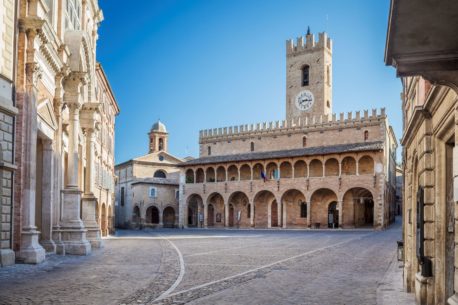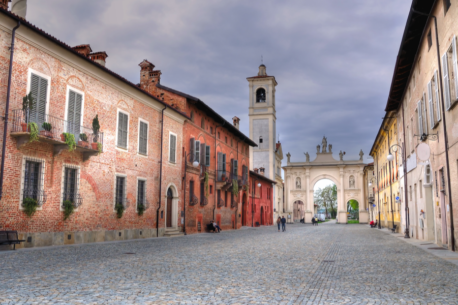
This city, laying on one side along the Ionian sea and the other side at the bottom of the Etna vulcano, the highest active vulcano in Europe, has, in the midst of its beautifull historic down town area also a “Giudecca” (easy to understand the ethimological origin of this word), as the ghetto areas were called in the southern parts of the Italian peninsula.
The tour will start from the Castello Ursino, built by the Emperor Federico II of Svevia between 1239 and 1250 right at the top of the promontory hanging over the sea with a very interesting and diversified Museum inside its walls. Here are on display also several Jewish artifacts.
From here we will walk to the discovery of the Giudecca of “iusu” and “susu” (upper and lower in the local Sicilian dialect), the underground waterway, monuments, typical corners and much more.

The Jewish Communities of the Marche region, located along the eastern Adriatic coast of Italy, have a very old history, though not many Jewish heritage sites are left today. Our itinerary will take you through a region that was at the centre of the Papacy’s temporal power and of all the struggles, alliances, and their […]

The first Jews arrived in Cherasco in July 1547 when two Jews asked and obtained the permission to settle in this little town. Though the Jewish population never really picked up in numbers like in other cities or towns, in 1740 the ghetto was established. Here, due to the small number of Jews, the ghetto […]